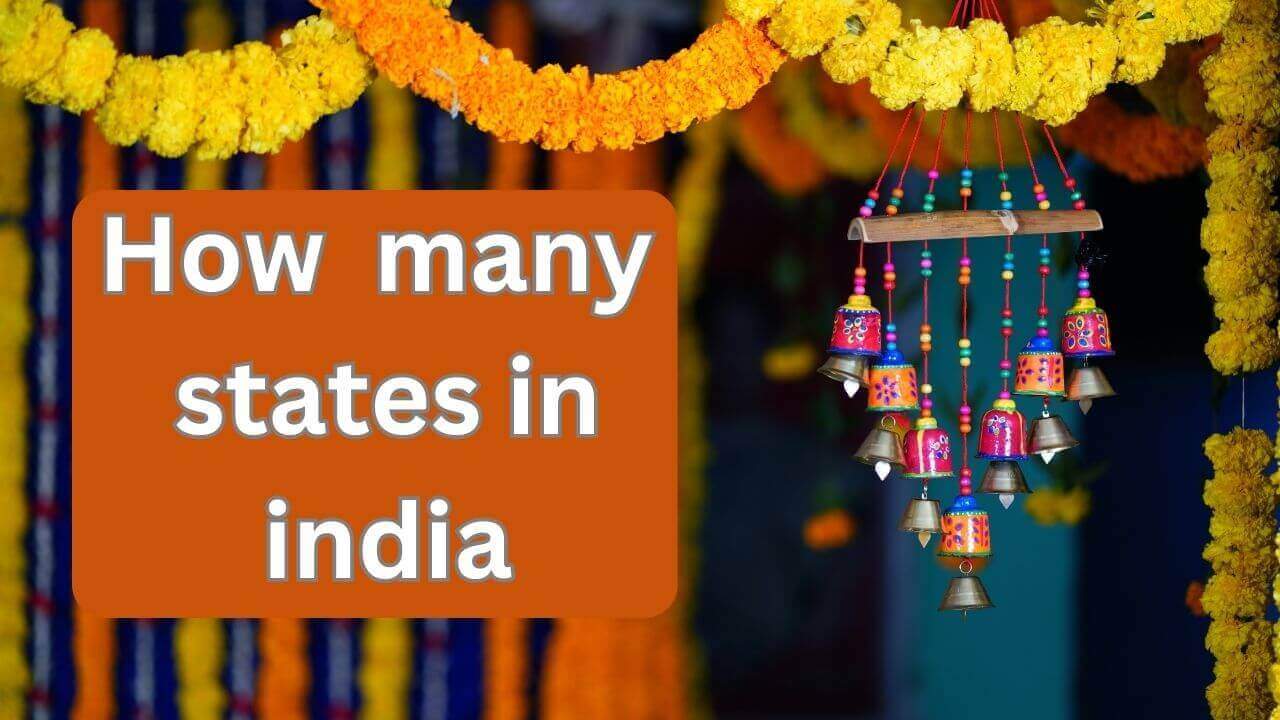How many states in India, a country of rich cultural heritage and diversity, is known for its innumerable landscapes, languages and traditions. One of the fundamental aspects contributing to this diversity is the political and administrative division of the country into states and union territories. In this blog, we will discuss this interesting question: “How many states are there in India?” As we investigate the intricacies of India’s federal system.
Development of Indian State
India’s journey towards its present political map has been a fascinating one marked by historical events and socio-political changes. Presently India consists of 28 states and 8 union territories, each with its own unique identity and governance structure.
After independence, the States Reorganization Act of 1956 played an important role in reshaping the map of India. The objective of the reorganization was to ensure on linguistic basis that the states had a common language. This step was important in promoting a feeling of linguistic and cultural unity among the people.
The 28 states
As per the latest available information, there are 28 states in India. Let’s take a closer look at each state, discovering its distinctive characteristics and contribution to the country’s diverse tapestry:
Andhra Pradesh
Capital: Amravati
Language: Telugu

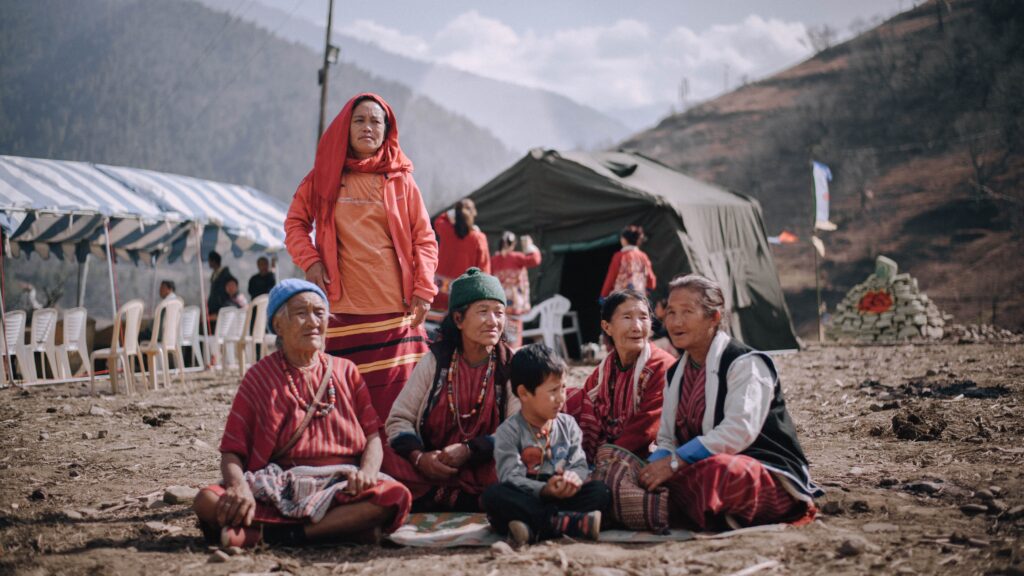
Arunachal Pradesh
Capital: Itanagar
language English
Assam
Capital: Dispur
Language: Assamese
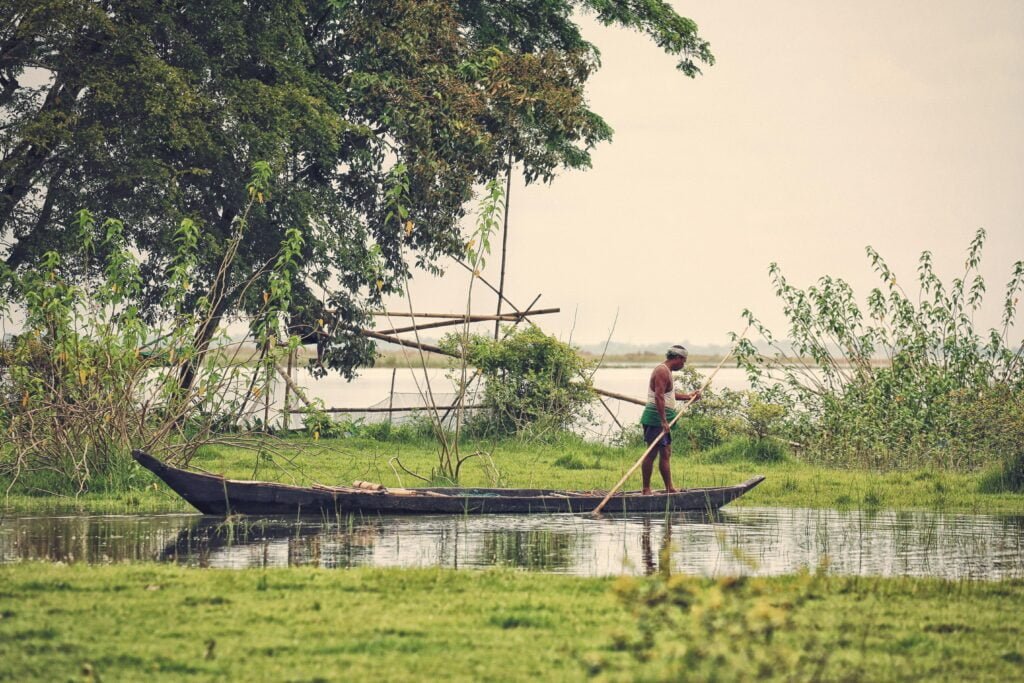

Bihar
Capital: Patna
Language: Hindi
Chhattisgarh
Capital: Raipur
Language: Chhattisgarhi
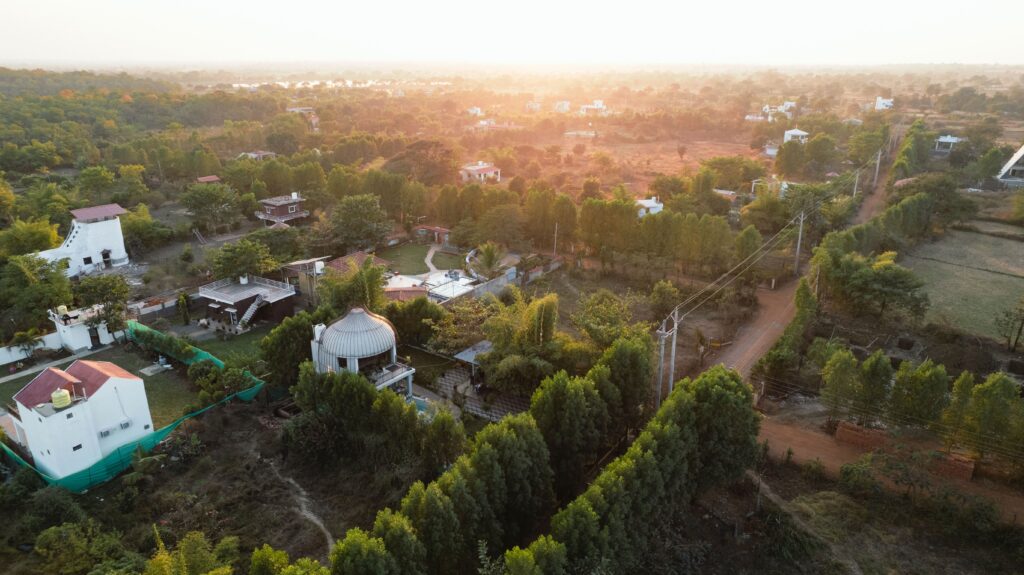
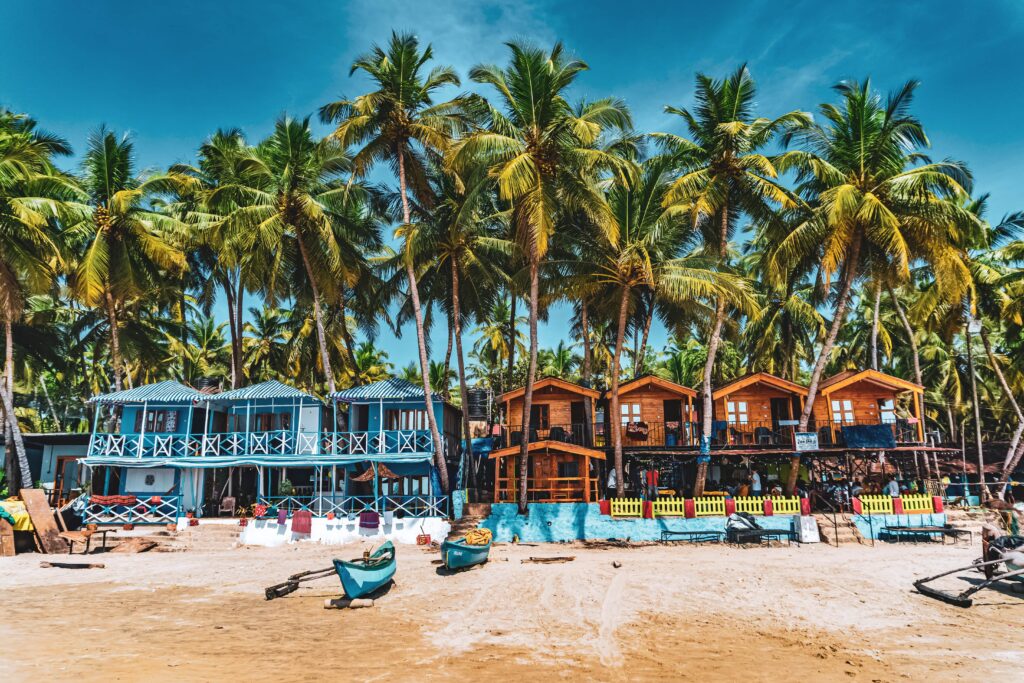
Goa
Capital: Panaji
Language: Konkani
Gujarat
Capital: Gandhinagar
Language: Gujarati
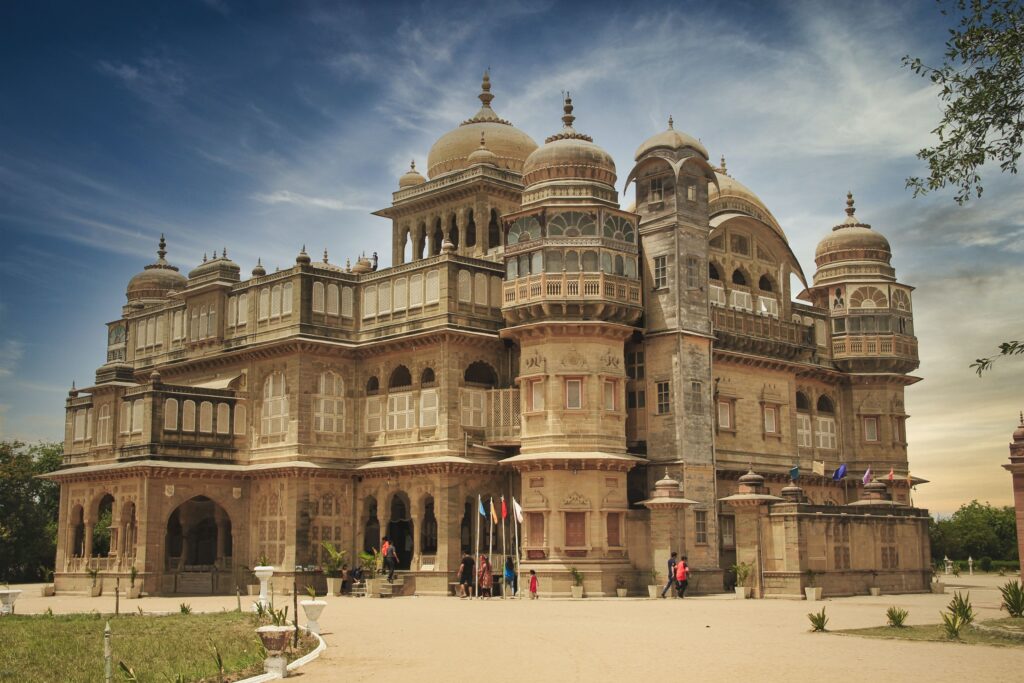

Haryana
Capital: Chandigarh
Language: Hindi
Himachal Pradesh
Capital: Shimla
Language: Hindi


Jharkhand
Capital: Ranchi
Language: Hindi
Karnataka
Capital: Bengaluru
Language: Kannada


Kerala
Capital: Thiruvananthapuram
Language: Malayalam
Madhya Pradesh
Capital: Bhopal
Language: Hindi

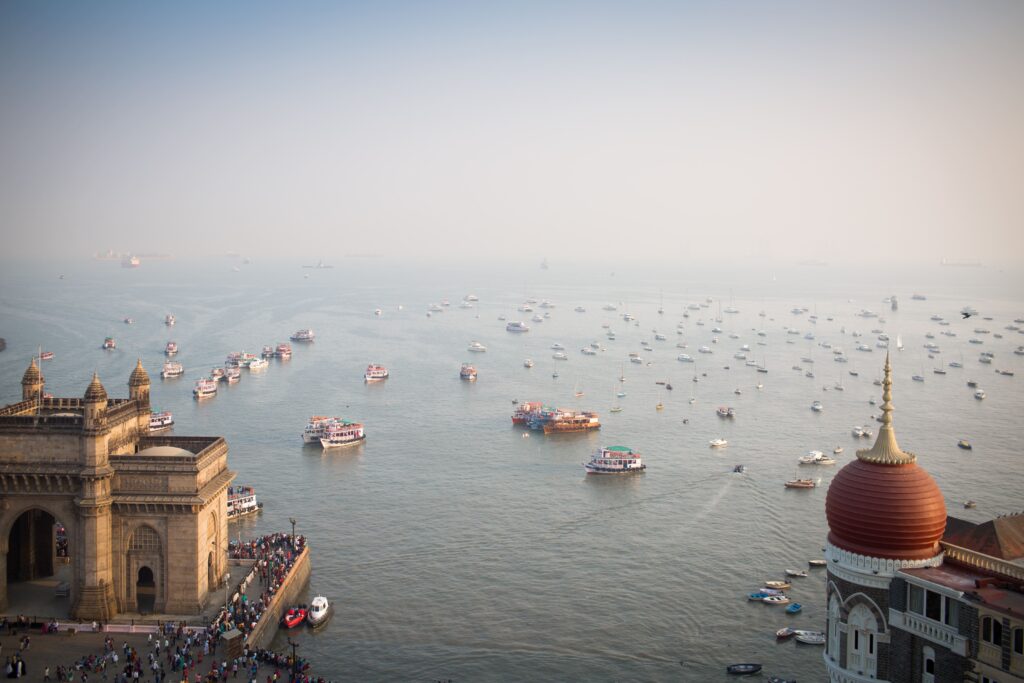
Maharashtra
Capital: Mumbai
Language: Marathi
Manipur
Capital: Imphal
Language: Meitei


Meghalaya
Capital: Shillong
language English
Mizoram
Capital: Aizawl
Language: Mizo
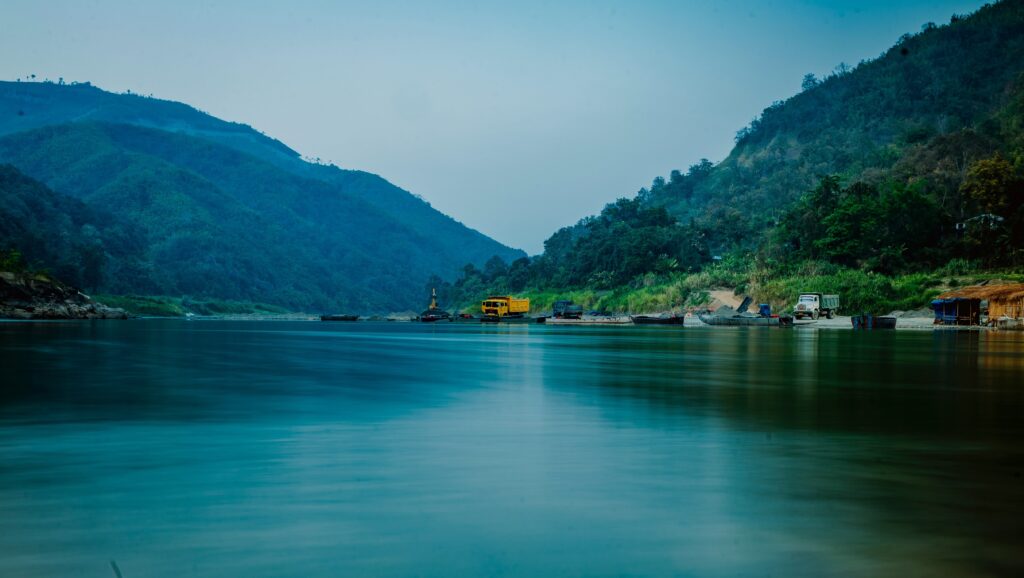
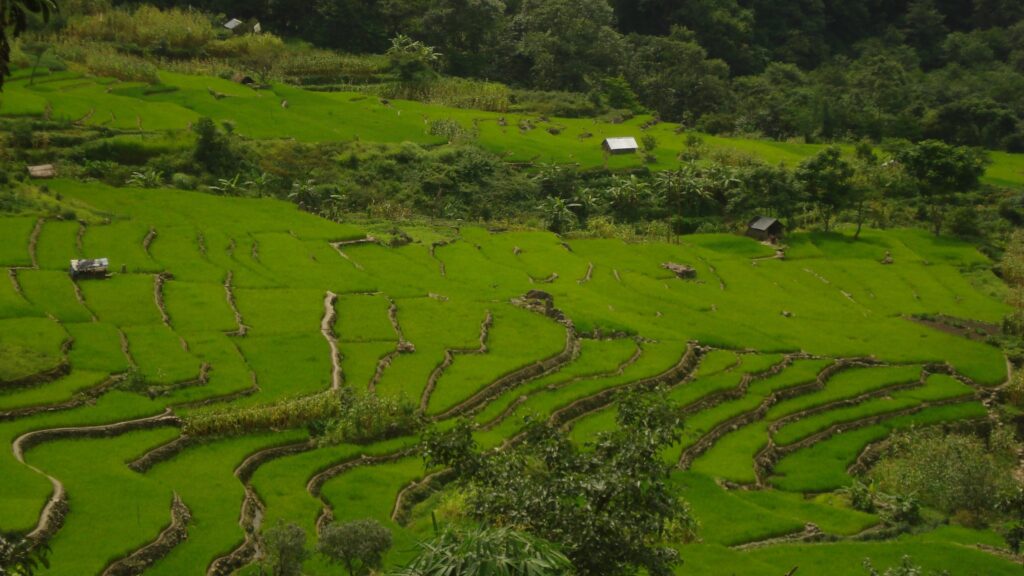
Nagaland
Capital: Kohima
language English
Odisha
Capital: Bhubaneswar
Language: Oriya


Punjab
Capital: Chandigarh
Language: Punjabi
Rajasthan
Capital: Jaipur
Language: Hindi


Sikkim
Capital: Gangtok
Language: Nepali
Tamil Nadu
Capital: Chennai
Language: Tamil


Telangana
Capital: Hyderabad
Language: Telugu
Tripura
Capital: Agartala
Language: Bengali, Kokborok

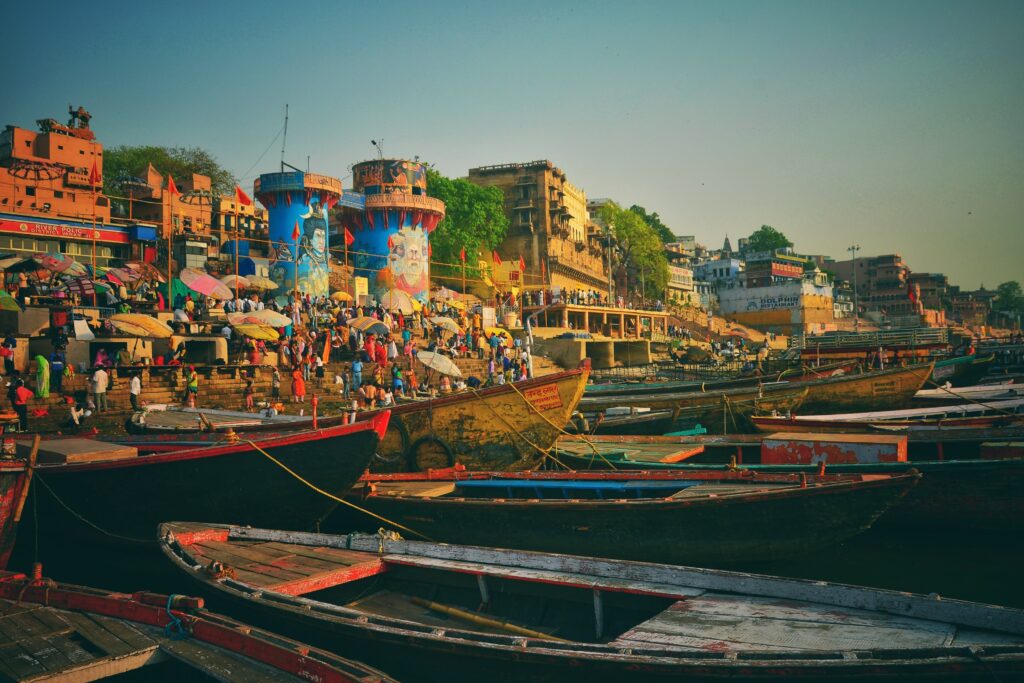
Uttar Pradesh
Capital: Lucknow
Language: Hindi
Uttarakhand
Capital: Dehradun
Language: Hindi

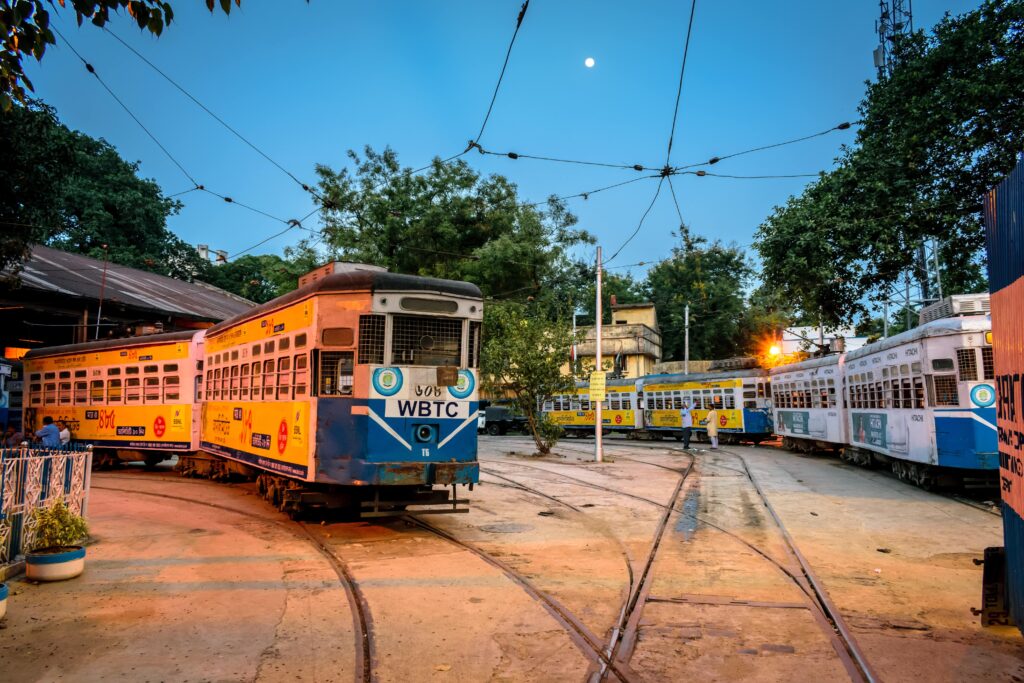
West Bengal
Capital: Kolkata
Language: Bengali
Union Territory
Apart from the states, India also has 8 union territories, each with its own unique governance model:
Andaman and Nicobar Islands
Capital: Port Blair


Chandigarh
Capital: Chandigarh
Dadra and Nagar Haveli, along with Daman and Diu
Capital: Daman


Lakshadweep
Capital: Kavaratti
Delhi
Capital: New Delhi


Puducherry
Capital: Puducherry
Ladakh
Capital: Leh


Jammu and Kashmir
Capital: Srinagar (summer), Jammu (winter)
Conclusion
Finally, the question “How many states in India?” Throwing light on the story of unity in diversity. The federal structure of India, consisting of 28 states and 8 union territories, symbolizes the coexistence of different cultures, languages and traditions. As we look at the complex political map of India, it becomes clear that the country’s strength lies in its ability to celebrate differences and foster a sense of unity among its diverse population.
Frequently Asked Questions (FAQs) about how many states in india
- How many states are there in India?
There are 28 states in India.
- What is the significance of the States Reorganization Act 1956?
The States Reorganization Act played an important role in reshaping the political map of India by reorganizing the states on linguistic basis, promoting linguistic and cultural unity.
- How are states and union territories different in India?
States have their own governments and greater autonomy, while union territories are governed directly by the central government with varying degrees of autonomy.
- What is the purpose of creating a union territory?
Union territories are created to ensure direct rule by the central government over areas of special importance, security concerns or when close administrative control is required.
- Are there any states that have multiple official languages?
Yes, some states like Karnataka have more than one official language. For example, Kannada is the dominant language in Karnataka, but Konkani, Tulu and others are also recognized.
- How many times can the political map of India change with respect to states and union territories?
Changes to the political map are relatively infrequent and are usually caused by legislative processes, administrative requirements, or geopolitical considerations.
- Which Union Territory has a Legislative Assembly?
Delhi and Puducherry are the only union territories in India with legislative assemblies, giving them a high degree of self-governance.
- What is the purpose of having both states and union territories in India?
The dual system allows for flexible governance, with states having greater autonomy and union territories acting as areas where direct central control may be necessary.
- How is a region given statehood in India?
Statehood is generally granted on the basis of factors such as population, administrative feasibility and cultural or linguistic identity. The creation of a new state involves an elaborate process and often requires parliamentary approval.
- Is there any discussion going on on creating new states in India?
Discussions regarding the creation of new states occur occasionally and depend on factors such as regional demands, administrative efficiency and cultural identity. Any significant changes would involve intense deliberations and legal processes.
- How does the diversity of states contribute to the cultural richness of India?
The diversity of states in India contributes to a rich cultural tapestry, where each state brings its own unique traditions, languages and customs. This diversity is the source of national strength and unity.

